Home > Dileep Kothi, Jaipur > Attractions
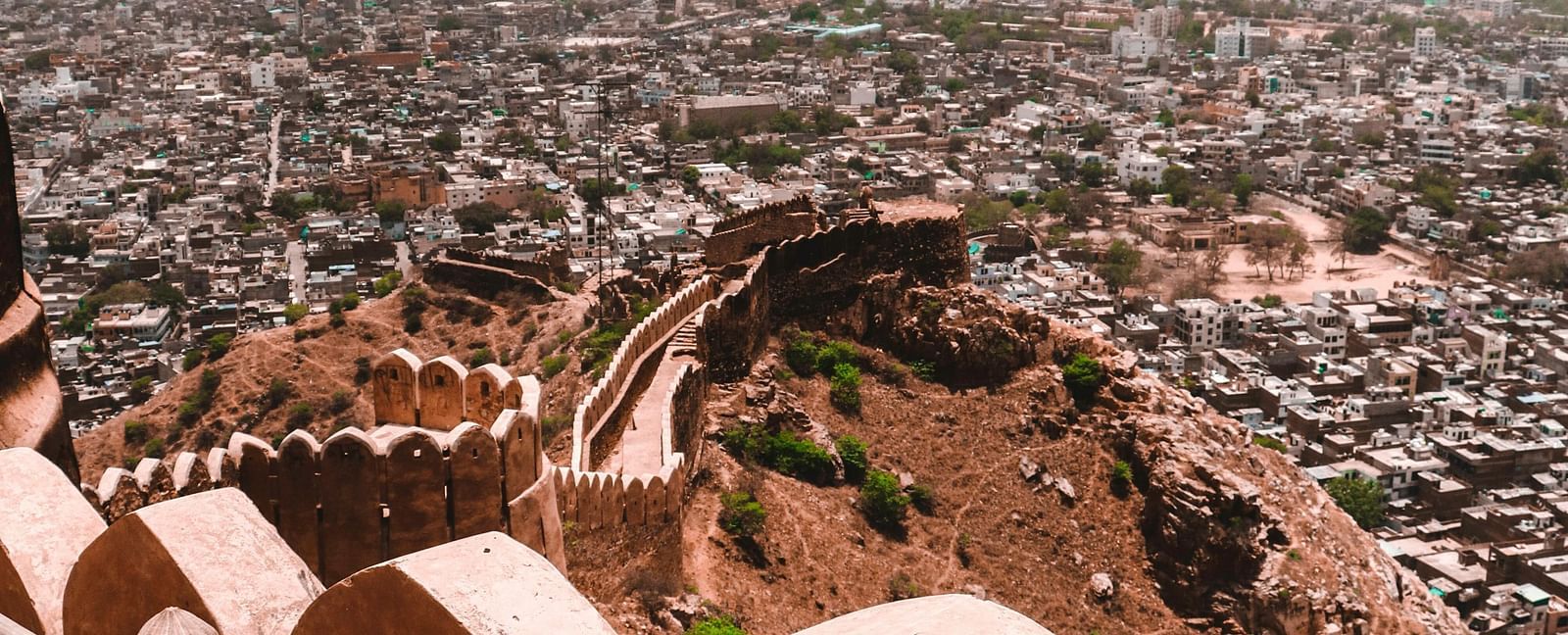
EXPLORE ICONIC LANDMARKS, ROYAL HERITAGE, & ARCHITECTURAL MARVELS
Places to Visit in Jaipur
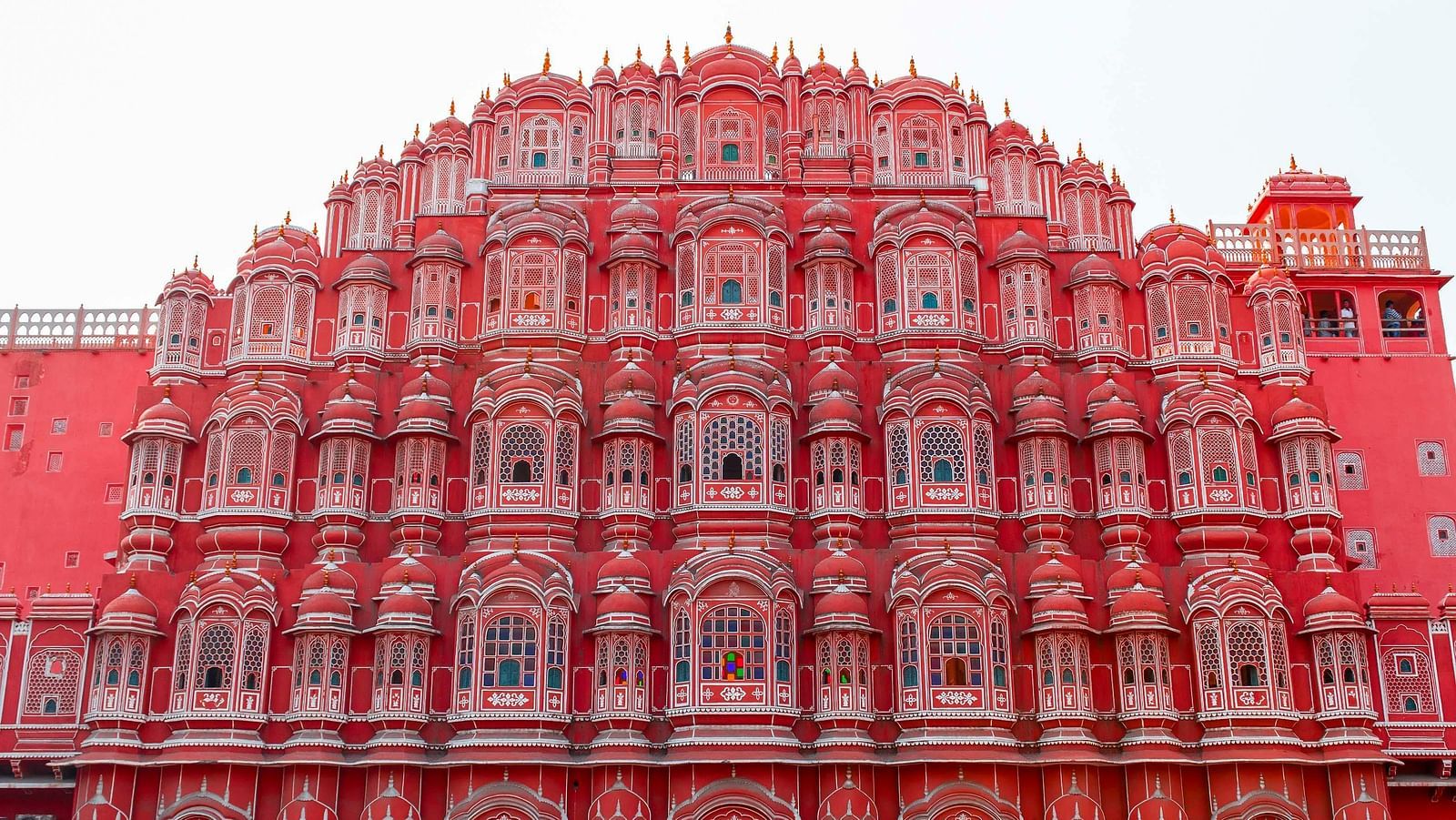
Hawa Mahal
One of Jaipur’s most iconic landmarks, Hawa Mahal, or the 'Palace of Winds', was built in 1799 by Maharaja Sawai Pratap Singh. Designed by Lal Chand Ustad, this five-story pink sandstone structure features 953 intricately carved jharokhas (small windows), allowing cool breezes to flow through and keeping the palace comfortable even during scorching summers. It was constructed as an extension of the City Palace to allow royal women to observe street festivals and daily life without being seen, adhering to the purdah system. The architectural design blends Rajput and Mughal styles, resembling a honeycomb with a pyramidal structure. Visitors can explore the narrow corridors and upper levels for panoramic views of the city and the Jantar Mantar. The best time to visit is early morning when the golden sunlight enhances the palace’s pink facade.
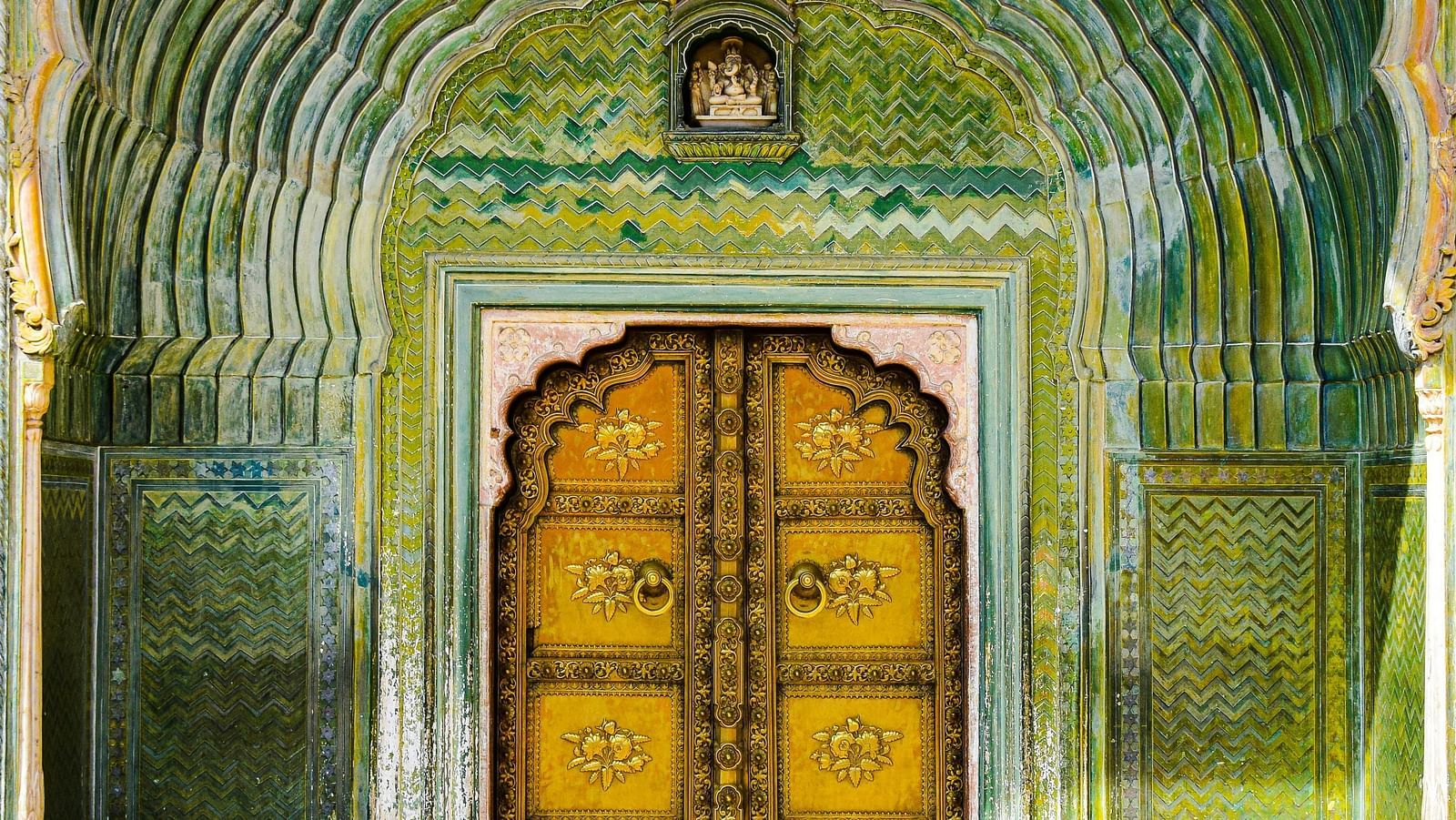
City Palace
The City Palace in Jaipur, is a grand complex that served as the seat of the Maharajas of Jaipur. Built in the early 18th century by Maharaja Sawai Jai Singh II, the palace exhibits a blend of Rajput, Mughal, and European architectural influences. It houses several courtyards, gardens, and buildings, including the Chandra Mahal, Mubarak Mahal, and the Diwan-i-Khas (Hall of Private Audience) with its famous silver urns. The Chandra Mahal remains the residence of the royal family, while parts of the palace have been converted into museums showcasing textiles, armory, and artefacts from Jaipur’s royal past. The complex also features the famous Peacock Gate, an intricately decorated entrance symbolising different seasons. The City Palace offers an immersive look into Jaipur’s regal history and cultural heritage.
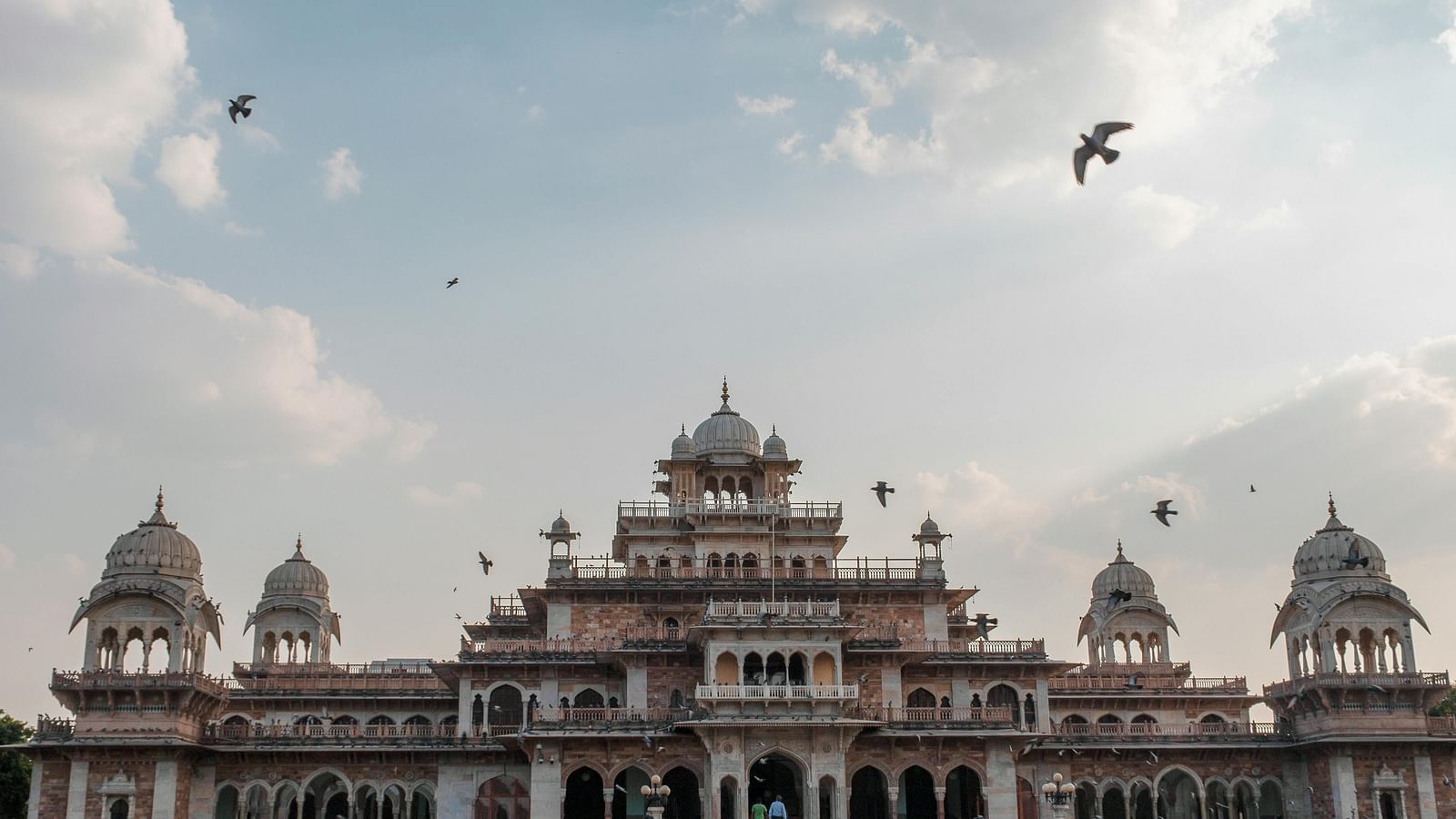
Albert Hall Museum
The Albert Hall Museum, the oldest museum in Rajasthan, is an architectural masterpiece situated in Ram Niwas Garden. Designed by Sir Samuel Swinton Jacob and completed in 1887, it was originally envisioned as a concert hall before being converted into a museum by Maharaja Sawai Madho Singh II.The Indo-Saracenic structure features stunning domes, arches, and intricate frescoes, making it a prominent landmark. The museum houses an extensive collection of artefacts, including rare paintings, carpets, sculptures, and an Egyptian mummy. The collection also includes miniature paintings from different Rajasthani schools, metal objects, and traditional musical instruments. The museum is particularly mesmerising at night when it is illuminated, highlighting its architectural beauty. It remains a significant cultural institution preserving Rajasthan’s artistic and historical legacy.
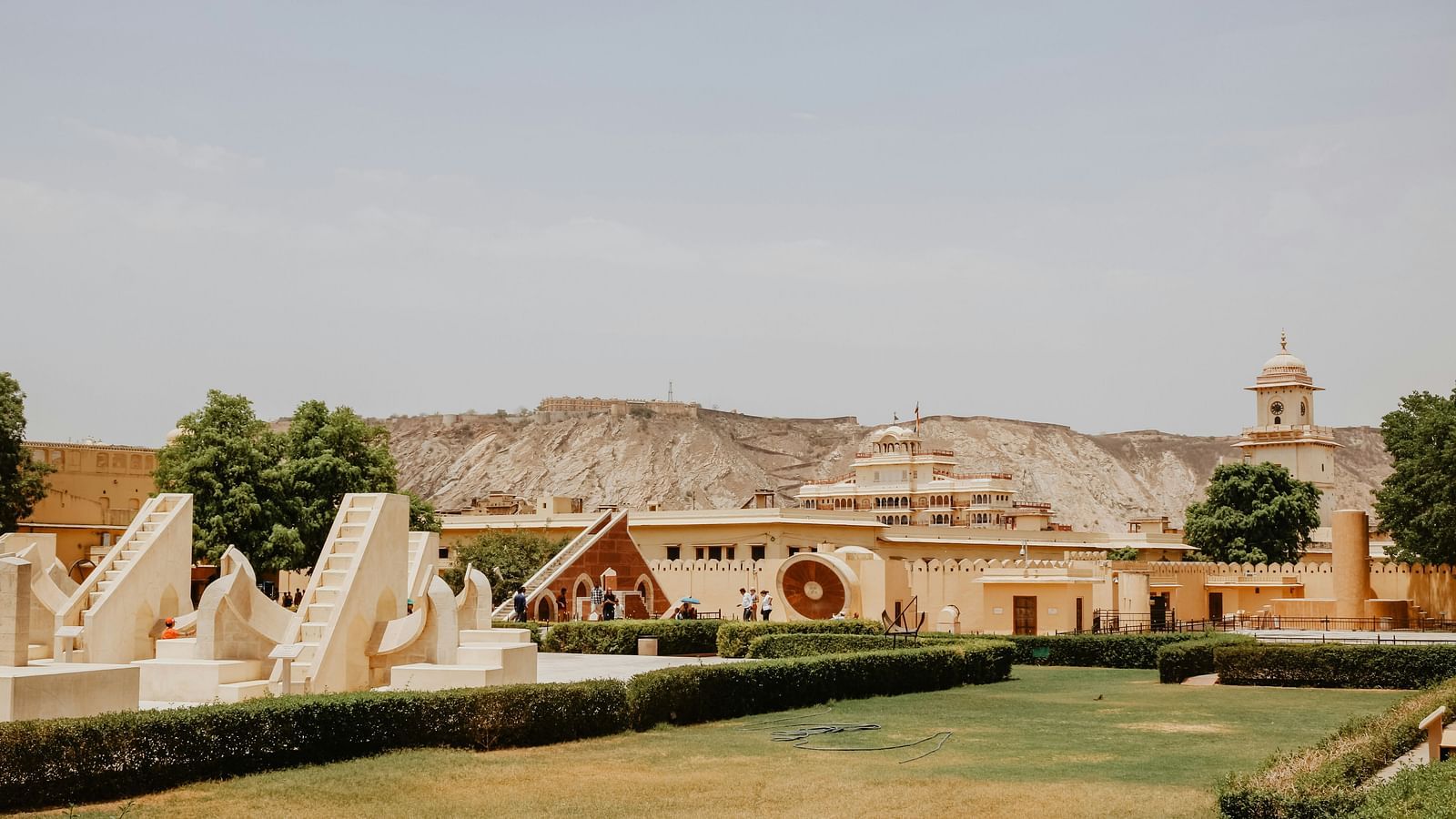
Jantar Mantar
Jantar Mantar in Jaipur is an 18th-century astronomical observatory built by Maharaja Sawai Jai Singh II, who was a keen astronomer and mathematician. Completed in 1734, it is the largest of the five Jantar Mantars built in India and is recognised as a UNESCO World Heritage Site. The observatory comprises 19 large instruments, each designed to measure celestial movements with remarkable accuracy. The Samrat Yantra, the world’s largest stone sundial, can calculate time to an accuracy of two seconds. Other notable instruments include the Jai Prakash Yantra and the Ram Yantra, used for tracking celestial coordinates. Jantar Mantar remains an active scientific and educational site, attracting astronomers and historians alike. Its precision and architectural brilliance make it one of the most fascinating places to visit in Jaipur.
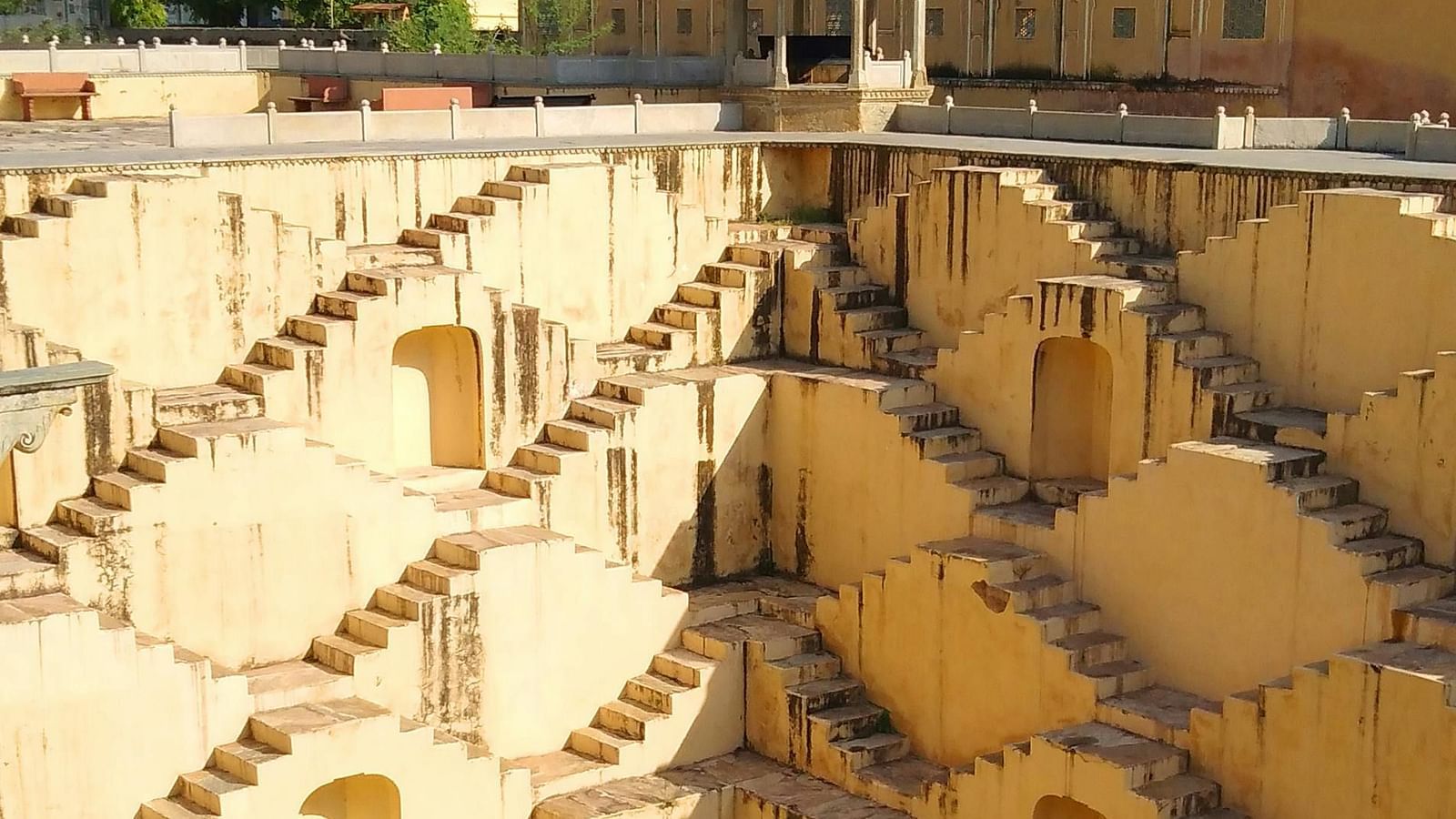
Panna Meena ka Kund
Panna Meena ka Kund is a historic stepwell located near the Amer Fort in Jaipur. Believed to have been built during the 16th century, it served as a community water reservoir and a place for locals to rest and socialise. The stepwell features a unique symmetrical design with crisscross staircases leading down to the water, making it both functional and visually striking. The geometric precision of the steps prevents direct descent and ascent using the same route, adding to its architectural intrigue. It played a crucial role in water conservation, particularly in the arid climate of Rajasthan. Today, the stepwell remains a hidden gem, offering visitors a glimpse into the region’s ancient water management systems and providing a picturesque setting for photography.